Scientific name Megalurus mathewsi Rank Species | Class Aves Genus Megalurus Phylum Chordata Order Passerine | |
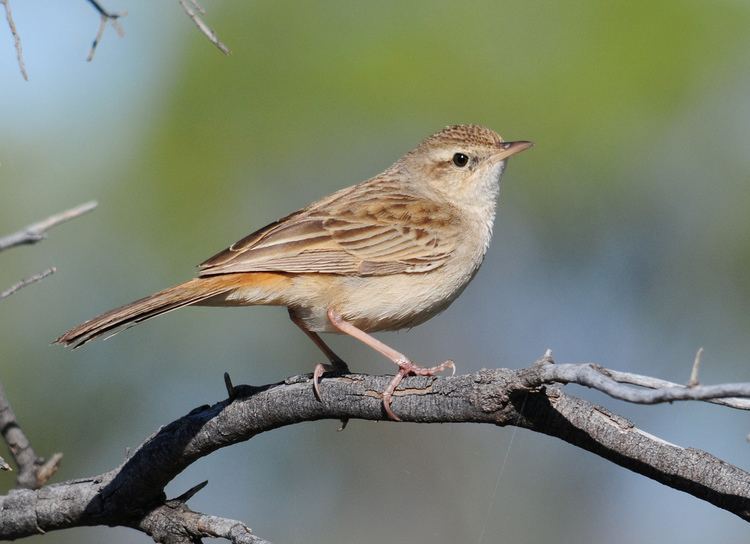 | ||
Similar Brown songlark, Little grassbird, Megalurus, Spinifexbird, Tawny grassbird | ||
Rufous songlark birdwatching in australia with ej birdwatching
The rufous songlark (Megalurus mathewsi) is a species in the Locustellidae family endemic to Australia.
Contents
- Rufous songlark birdwatching in australia with ej birdwatching
- Rufous songlark juveniles video 1 24 nov 2012
- Taxonomy
- Description
- Distribution and habitat
- Behaviour
- Video file
- References
Rufous songlark juveniles video 1 24 nov 2012
Taxonomy
It is a species of Megaluridae, the Old World warblers, a successful passerine family.
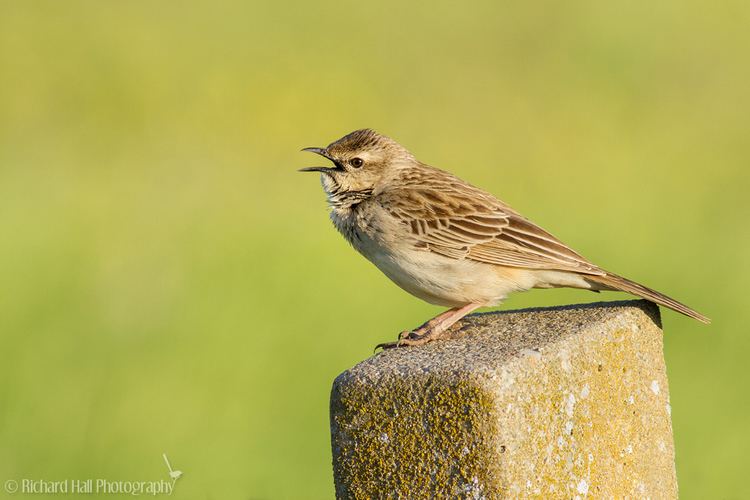
The rufous songlark was described by English ornithologist Tom Iredale in 1911. An alternative generic name Cincloramphus is derived from Greek words cinclus/κιγκλος "wagtail" and ramphos/ραμφος "beak", while the specific epithet honours Gregory Mathews.
As well as rufous songlark, other common names include red-rumped songlark, rufous singing lark, and skylark.
Description
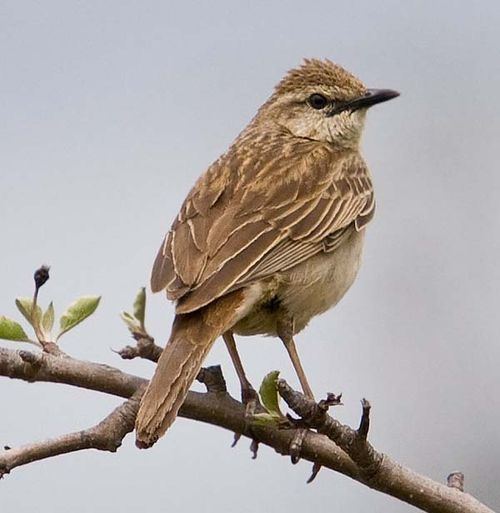
The rufous songlark is medium brown passerine songbird with a pattern of streaks on its feathers. Encyclopædia Britannica describes this bird as "drab and vaguely larklike". It has a dark line through its eye, a pale eyebrow and pale underparts, and a rufous upper tail and rump. A little larger than a house sparrow, the male grows to about 19 cm in length and is larger than the female who reaches only about 16 cm.
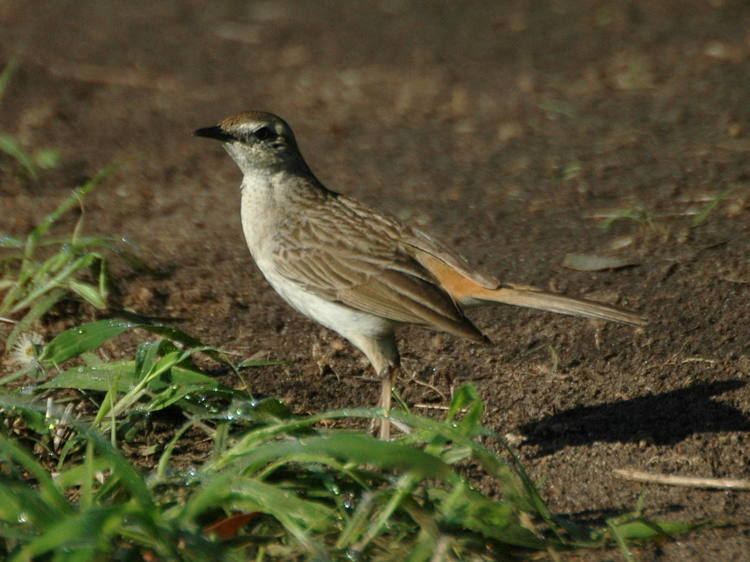
This species is similar to the brown songlark but males of that species are much larger than those of the rufous songlark. Brown songlarks females also lack the rufous rump of the rufous songlark female.
Distribution and habitat
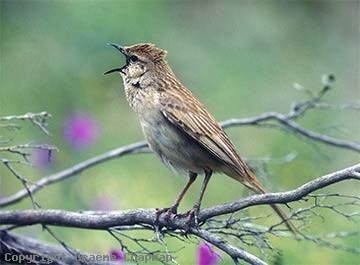
The rufous songlark is common all over mainland Australia, but is rare on the island of Tasmania. The overall range of the songlark is thought to be in the order of between 1,000,000 and 10,000,000 km2. C. mathewsi is most often found in New South Wales, Queensland, and Western Australia. Each year the rufous songlark spends colder months in the north and migrates south in the summer to breed, and in this way it typically is only seen in the warmer months.
Behaviour

The rufous songlark hunts close to the ground for the insects and other small arthropods upon which it feeds. The bird can be found in grasslands, grassy open woodlands, agricultural areas, and mulga that it favors as a habitat. Living in areas populated by humans, it sometimes ends up as road kill.

Outside the breeding period these birds form small flocks of up to two dozen individuals. In the breeding season the lively, unmistakable song of the male rufous songlark is heard almost continuously. He chirps and curves his back while going on slow, showy "display flights" between trees. The distinctive "twitchy tweedle" song of the rufous songlark has been included on CDs of "Favourite Australian Birdsong". Without help from the male, the female bird builds a deep nest of grass sheltered amid grass or low vegetation. She also incubates the eggs and raises the fledglings herself.
